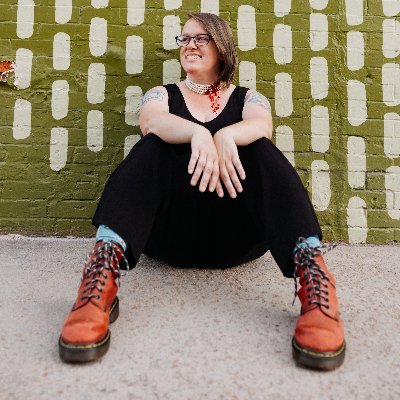Q: What is the best writing tip you’ve ever gotten?
A: My middle and high school creative writing teacher, Jana Clark, shaped me as a writer more than anyone else in my life. In Jana's class, "writer's block" did not exist. Waiting for inspiration to strike was not allowed; if you couldn't think of anything to say, you wrote "I can't think of anything to say" over and over until your brain got so bored it generated an idea out of sheer self-preservation. I've taken a lot of writing workshops and read a lot about craft in the years since Jana's class, but the most important lesson, and the one I use almost every day, is that one. Don't wait until you have something to say. Don't wait until it's perfect. Don't wait at all. Just start writing. It's the only way to get where you're trying to go.
Q: What makes a truly terrifying story?
A: This is the question I hope to help students answer in my "Writing the Unthinkable" workshop! Of course, fear is intensely personal, so answers to this will vary widely, but to me, the most frightening and memorable stories are the ones that break my heart. Terror is almost inextricable from sorrow. If you look at it from the right angle, every great horror story becomes a tragedy. The trick a writer has to learn is how to reverse the process--to transform tragedy into horror.
Q: Who do you consider to be the most iconic character in horror fiction?
A: I'm second-guessing my response to this because I want to say something very intellectual and literary, but honestly, the first answer that popped into my head is Pennywise. So I'm going to go with that instinct. Tim Curry's Pennywise, mind you, the performance that traumatized a generation. Those new movies are fun but, as Sidney Prescott said, you don't fuck with the original.
